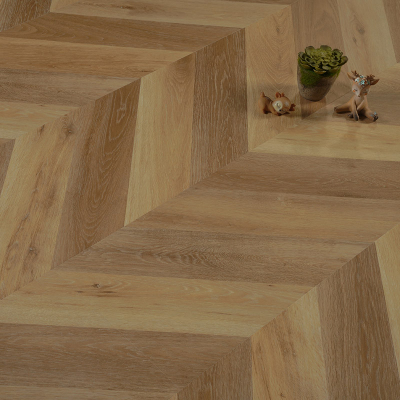Waterproof Flooring Installation Tips
Waterproof Flooring Installation Tips: A Comprehensive Technical Guide
Introduction
Waterproof flooring has become increasingly popular due to its durability, aesthetic appeal, and suitability for moisture-prone areas such as kitchens, bathrooms, and basements. However, proper installation is crucial to maximize its performance and lifespan. This article provides a detailed, technical guide on waterproof flooring installation tips, referencing engineering principles, industry standards, materials, and critical operational considerations.
1. Understanding Waterproof Flooring Materials
Before installation, it is essential to recognize the common types of waterproof flooring:
Luxury Vinyl Plank (LVP) and Tile (LVT): Composed of multiple layers including a waterproof core, wear layer, and decorative vinyl.
Stone Plastic Composite (SPC) Flooring: A rigid core flooring with superior waterproof properties and dimensional stability.
Waterproof Laminate Flooring: Features a waterproof core and sealed edges to prevent moisture ingress.
Each material has specific installation requirements influenced by its structural properties and manufacturer guidelines.
2. Subfloor Preparation
2.1 Surface Requirements
The subfloor must be clean, dry, flat, and structurally sound.
Flatness tolerance: According to ASTM F710, the maximum allowable variation is 3/16” over a 10-foot radius or 1/8” over 6 feet.
2.2 Moisture Testing
Use calcium chloride tests (ASTM F1869) or relative humidity probes (ASTM F2170) to ensure moisture levels are within acceptable limits (typically less than 3 lbs/1000 ft²/24hr or 75% RH).
Address moisture issues with vapor barriers or sealants as required.
3. Installation Tips by Flooring Type
3.1 Luxury Vinyl Plank/Tile (LVP/LVT)
Acclimation: Allow flooring to acclimate in the installation environment for 48 hours.
Underlayment: Use manufacturer-recommended underlayment if required, typically for sound reduction and minor subfloor imperfections.
Floating vs. Glue-Down: Choose appropriate method based on product and subfloor type. Glue-down requires a premium adhesive with moisture resistance.
3.2 Stone Plastic Composite (SPC) Flooring
Expansion Gaps: Maintain a 1/4” to 1/2” expansion gap around all walls and fixed objects to accommodate thermal expansion.
Click Lock System: Engage locking mechanisms carefully to avoid damage to the tongue-and-groove edges.
Sealing: Although SPC is waterproof, sealing perimeter gaps prevents water infiltration under the flooring.
3.3 Waterproof Laminate
Edge Sealing: Apply waterproof sealant on plank edges for enhanced protection.
Underlayment: Use moisture-resistant underlayment with built-in vapor barrier.
Installation Direction: Lay flooring perpendicular to floor joists for added structural stability.
4. Operational Considerations and Best Practices
Temperature and Humidity Control: Maintain installation environment between 18°C–29°C (65°F–85°F) and relative humidity between 30%–50% to prevent material deformation.
Tools: Use recommended cutting tools to avoid chipping or damaging the flooring surface.
Transition Strips: Install transition strips at doorways and between different flooring types to accommodate expansion and reduce trip hazards.
5. Industry Standards and Regulations
ASTM F3261: Standard specification for rigid core vinyl flooring materials.
ASTM F2170: Standard test method for measuring relative humidity in concrete slabs.
FloorScore Certification: Ensures indoor air quality compliance for flooring materials.
Local Building Codes: Always verify local regulations regarding waterproof flooring installation and moisture mitigation.
Frequently Asked Questions (FAQ)
Q1: Can waterproof flooring be installed over existing flooring?
A: Yes, if the existing floor is flat, clean, and stable. Remove carpet or other soft flooring.
Q2: How long does waterproof flooring last?
A: Typically 10–20 years depending on material quality, installation, and maintenance.
Q3: Is professional installation necessary?
A: Recommended to ensure warranty compliance and optimal performance.
Q4: How do I clean and maintain waterproof flooring?
A: Use pH-neutral cleaners, avoid abrasive tools, and promptly wipe spills.
Conclusion and Professional Call to Action
Proper installation of waterproof flooring is critical to achieving long-lasting durability, moisture resistance, and aesthetic appeal. By following material-specific techniques, adhering to industry standards, and addressing subfloor conditions, you ensure a successful and reliable flooring project.
We provide expert consultation, professional installation services, and customized solutions to meet your waterproof flooring needs. Contact us today to schedule a site assessment and guarantee your flooring investment delivers optimal performance and longevity.





